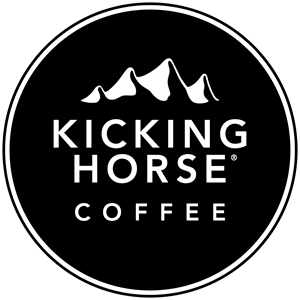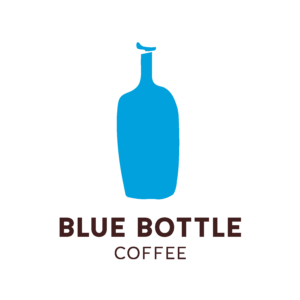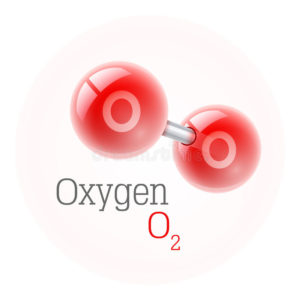Introduction: Understanding The Coffee Continuum
As the coffee industry continues to evolve, the palates of coffee drinkers are becoming more and more refined. Because of this, implementing quality control mechanisms throughout the sourcing, production, and packaging phases of coffee production is becoming increasingly critical to coffee companies.
A quality cup of coffee is dependent on the level of quality control during production
A quality cup of coffee is the final product of a long, complicated process. The process starts with sourcing and selecting the right beans, continues with the processes of roasting, grinding, and packaging the beans and finally ends in the brewing process.
While the sourcing, roasting, and brewing phases of what we will call the ‘coffee continuum’ will determine the flavor profile and quality of the finished cup of coffee to a great degree, the packaging process— which is most often overlooked by the consumer— might just be the most important phase of the ‘coffee continuum.’
Packaging
While consumers may not understand the importance that advancements in packaging have on their coffee drinking experience, they can be happy that coffee companies are beginning to understand just how important the packaging phase of the ‘coffee continuum’ is.
All packaging advancements in the coffee industry are focused on increasing and maintaining the freshness, flavor, and aroma of the coffee under consideration. Maintaining these three, key quality attributes of coffee: freshness, flavor, and aroma requires that the coffee remain as isolated as possible from its greatest enemy: oxygen (O2).
Oxygen Is The Enemy
While oxygen is life to us, it is death to coffee. When it comes to good coffee, oxygen is indeed the enemy. It is responsible for the process of oxidation, which has been known to ruin what would otherwise be a perfectly good cup of coffee.
During oxidation, oxygen pulls electrons away from the other molecules around it. These molecules which now have an uneven number of electrons (and are now free radicals) become unstable and begin reacting with other molecules around them. These free radicals are the cause of everything from aging, rusting, deterioration, and for coffee, staling.
When coffee has oxidized and goes stale it loses the rich chemical complexity that gives it its unique flavors and aromas. In short, bad coffee is stale coffee; and good coffee is fresh coffee, that is, coffee that has been successfully kept away from oxygen.
Now that we have talked a little about the negative effects oxygen has on coffee, let’s look at how coffee companies are combating it.
Nitrogen Flushing
One of the key ways that coffee companies have begun to combat oxidation and staling in their coffee is through a process known as gas flushing. The most commonly used gas in this process is nitrogen.
During the process of nitrogen flushing, the package containing coffee is flushed with nitrogen in order to rid the package of residual oxygen.
 Bridge Analyzers customer Kicking Horse® Coffee recognized as 2018's Best Workplace™ in Canada
Bridge Analyzers customer Kicking Horse® Coffee recognized as 2018's Best Workplace™ in Canada
In a very informative blog post on the subject, one of our customers, Kicking Horse® Coffee discusses that nitrogen is used in this process because nitrogen molecules have a larger diameter than oxygen molecules and are therefore able to force the oxygen molecules out of the package and take their place, thus stopping oxidation from taking place. Another benefit of nitrogen is that it is odorless and tasteless and therefore will not interfere with the flavor or aroma of the coffee that is being preserved.
Where We Come In: Bridge Analyzers Delivers Quality Control Through Gas Analysis
Bridge Analyzers Modified Atmosphere Packaging (MAP) gas analyzers are used by our coffee customers during their Quality Control testing processes to confirm that their finished, packaged product is fully sealed from air intrusion and incorporates the proper gas mixture necessary to meet the desired levels of freshness, flavor, and aroma that they have for their coffee.

Bridge Analyzers model 9001 is our best selling model for coffee
Kelly Sanchez, Quality Control Specialist at our customer Blue Bottle Coffee, discusses how they use the Bridge MAP Analyzer Model 9001, writing,
We are doing lots of exploration into how whole bean and ground coffee ages, over days, weeks, months, and years. We like to keep track of gaseous changes that take place within a package of whole or ground coffee and the CO2/O2 Bridge MAP Analyzer Model 9001 helps us track any changes in oxygen and carbon dioxide.
Kelly also discusses how our analyzer technologies are enabling Blue Bottle Coffee’s continued R&D and innovation efforts:
Our company is dedicated to innovation and exploration of coffee as an evolving cultural staple.
We have a new product releasing in a couple weeks called ‘Blue Bottle Perfectly Ground,’ which is pre-ground coffee that tastes just as fresh as if it were ground moments before. We used the Bridge Analyzer during our R&D process.
Also, we have other products on the horizon where the factor of oxygen and oxidation are being contemplated and the analyzer equipment is integral to this exploration.
CONCLUSION
At Bridge Analyzers we are honored to have the opportunity to help some of the best coffee companies in the world innovate and discover new ways of delivering high quality coffee products to their consumers.
If you want to learn more about how we can help you, feel free to contact us at sales@bridgeanalyzers.com



